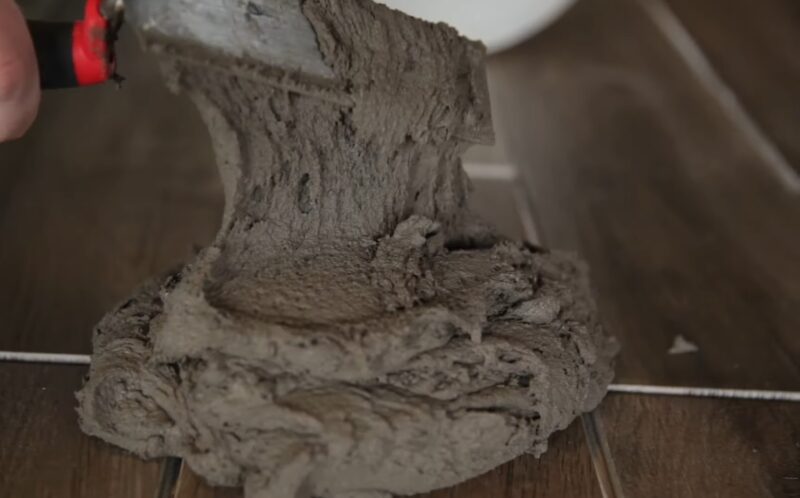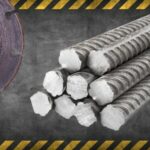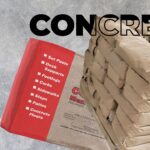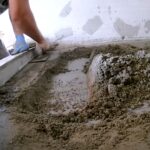While grout is frequently mischaracterized as either mortar or concrete, it is actually a distinct material that has characteristics of both but is not identical to either. To visualize grout, consider it as a liquefied variant of concrete, formulated by a blend of cement and water that then forms a paste to bind the aggregate, which could be either just sand or a mixture of sand and gravel.
These components are also found in concrete and somewhat mirror those in mortar, except that mortar includes lime instead of gravel. All of these materials set and harden to form a structure similar to stone.
However, the primary distinction between concrete, mortar, and grout is their initial state of pliability or liquidity. Mortar, which has a relatively high cement content and low water-to-cement ratio, is fairly rigid. This allows it to be manipulated with a trowel, to be evenly distributed on the masonry units, and to sustain the weight of the masonry units without deformation. When masonry units are set upon it, any surplus water is absorbed, creating a strong bond.
On the other hand, concrete is somewhat stiff with a meticulously managed water-to-cement ratio, resulting in a low slump or spread. The concrete is designed to retain all its water when set in waterproof molds, which is crucial for its final strength and stability. The size of the concrete structure is usually large compared to the aggregate material, facilitating its placement.

In contrast, grout, despite sharing similar ingredients with concrete, has a considerably higher level of fluidity. This is crucial for its purpose, which is to fill hollow masonry units or narrow spaces in brick walls, sometimes up to heights of 25 feet, as is the case with high lift grouting. It needs to be highly fluid to completely fill these spaces, creating a solid, integrated grouted masonry wall.
If grout is too rigid, it won’t fully occupy these spaces, leading to gaps within the wall structure. This higher fluidity is achieved by increasing the water content in the grout mix. The surplus water in the grout, aiding in its spread, gets absorbed by the masonry units, thereby reducing the final water-to-cement ratio to an extent that ensures the strength of the hardened grout meets specific or regulatory standards. – – – –







